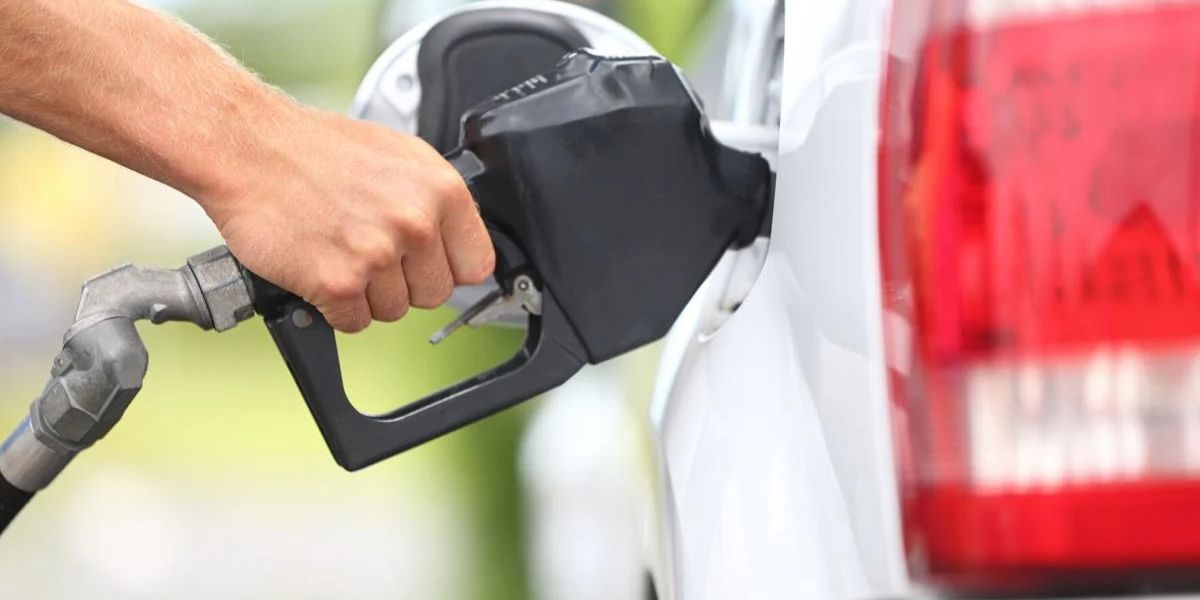According to a new research, California gasoline prices might jump to $8.44 per gallon by the end of 2026 due to the impending closure of two refineries, accounting for one-fifth of the state’s refining capacity, as well as the implementation of new state laws.
According to AAA, California has the highest gas prices in the country, with regular-grade gasoline costing $4.78 a gallon on Tuesday.
Michael A. Mische, a professor at the University of Southern California, conducted a new study that reviewed California’s historical gas prices, oil supply, and refining capacity, as well as forecasted the anticipated impact of refinery closures and costly new fossil fuel and refinery levies and regulations.
Mische stated that the large gap between California gas prices and those of other states is due to state taxes and fees, as well as regulations that have curtailed in-state oil output and refining capacity faster than gasoline demand has decreased.
“Over the last 30 to 50 years, the California state excise tax on gasoline has increased by 253%, the number of motor vehicles has grown by 38%, and our population has increased by 24%,” Mische pointed out. Meanwhile, the number of refineries has decreased by 56%, in-state oil field production has decreased by 63%, finished gasoline stocks have decreased by 98%, in-state daily refinery capacity has decreased by 36%, average gasoline prices for all formulations have risen by 253%, and imports of non-US foreign oil have increased by 712%.
“Concurrently, a series of regulatory costs that have been layered onto refiners, distributors, and local operators have had a compounding effect on retail prices at the pump,” Mische told the conference.
Last year, California authorities established a new Low Carbon Fuel Standard, which forces producers of carbon-intensive fuels to purchase credits from producers of less carbon-intensive fuels.
According to the state, the initiative will raise gasoline costs by $162 billion by 2046, while generating $105 billion in electric vehicle charging credits and $8 billion in hydrogen credits.
Most home EV charger purchasing agreements require homeowners to return their LFCS credits to the charger’s producer, which means that while homeowners pay for the chargers, energy, and charging locations, charger sellers receive the credits.
California Gov. Gavin Newsom proposed Senate Bill X1-2, which establishes a maximum profit margin for refiners, and Assembly Bill X2-1, which allows the state to set minimum inventory requirements for refineries and has the final say on when refineries can shut down for essential maintenance. The legislation were passed during Newsom’s special legislative session last year, which was solely focused on passing refinery rules.
Chevron and the governors of Arizona and Nevada, a Democrat and a Republican, respectively, warned that the two proposals would cause fuel shortages and boost costs for Americans throughout the region, as parts of the two states rely on California refineries for fuel. In February, gas prices rose across the region after California regulators halted repairs at a refinery for nearly two weeks after a fire broke out as the facility was about to shut down for vital maintenance.
In a letter from the end of April, Newsom urged the Energy Commission to take action: “work closely with refiners on short- and long-term planning, including through high-level, immediate engagement, to help ensure that Californians continue to have access to a safe, affordable, and reliable supply of transportation fuels, and that refiners continue to see the value in serving the California market.”
California Republicans have responded by calling on Newsom to take quick steps to rescind his own policies rather than waiting months for the CEC’s conclusion.



